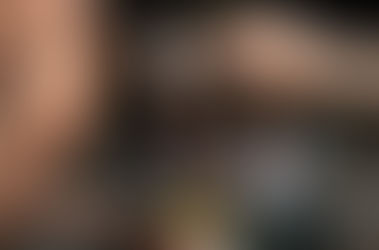Philippe Halsman at the Elysée
- Antoine Boesch

- Mar 2, 2014
- 2 min read
Went to see a terrific exhibition of Halsman photos at the Musée de l'Elysée in Lausanne (this Elysée has nothing to do with Paris !) today (www.elysee.ch).
Incidentally, for those not acquainted with this museum, it is quite possibly the foremost photo institution in Switzerland, with consistently great shows, and an activity, often cutting-edge, going way beyond simply organizing periodic shows within its walls. Whilst I'm on the subject, you should alsogcheck out the photo museum in Winterthur near Zurich (www.fotomuseum.ch), and in Zurich itself a new, considerable yet temporary (opened on 16 January, running until 29 August) museum named Photobastei (www.photobastei.ch) - and why not, rather closer to my home, the Centre de la photo in Geneva (www.centrephotogeneve.ch).
The show at l'Elysée revealed a breadth of Halsman's work beyond the few "jumpology" photos we all know (of people, i.e. celebrities of the day, captured jumping in mid-air), from early portraits, through the jumpology (loads more pictures next to the well-known ones of Salvador Dali, Marilyn Monroe and the Duke and Duchess of Windsor), and the whole upper floor dedicated to photos of Savador Dali, whith whom Halsman collaborated for about 40 years !
Reflecting on the exhibition at the museum coffee shop (doubling as a amazing pohto book store), it occurred to me that the premiss of Halsman's jumpology was a bit of a paradox: Halsman's idea was what through the spontaneity of a junp, the celebrities he photographed would reveal their personalities, their inner selves. And yet he was photographing them in a controlled environment (often a studio, with special lighting, against a white backdrop), asking them to perform, sometimes repeatedly for hours on end, a task (the jump) that would normally not feature in their everyday lives !
Whilst this makes for great photos, and certainly reveals something about the people appearing in the pictures, how do we know whether this brings out their inner-selves or personalities, rather than how they strive to appear to others ?
A jump is after all but a kind of pose, which brings to mind the series of family portraits in the book Familienleben by Thomas Struth, where he captures families in their homes, together in their own chosen pose. The idea being of course that the way people chose to pose is itself very reavealing. Revealing of how we choose and strive to project ourselves to others - which given our nature as "social animals" is after all a key part of who we are.
Be that as it may, I hugely enjoyed Halsman's photos. It's always great to see more of a photographer, or of any artist, than the few pictures, paintings or pieces we all have somewhere in a corner of our memories. It's also refreshing to see a body of work that has true originality and inventiveness; and to see some of the amazing pictures he created with the very limited editing that was possible at the time, demonstrating yet again that constraint (in comparison to today's Photoshop) is the mother of creativity.




















Comments